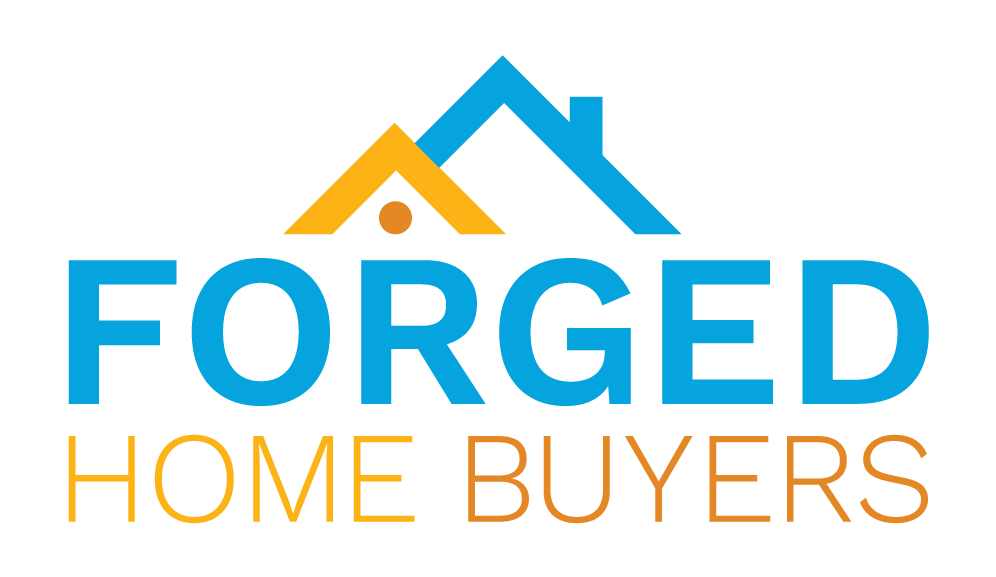Investing in real estate can be a lucrative business, offering the potential for significant financial returns. However, it’s not without its challenges and risks. One of the most significant risks is holding the wrong property for too long, which can lead to financial strain. Holding costs, such as property taxes, insurance, utilities, maintenance, and mortgage interest, can quickly add up, eating away at your profits and even causing you to lose money if not managed properly. It’s crucial for investors to assess these costs carefully when deciding on property investments. In this comprehensive guide, we’ll take an in-depth look at holding costs and how they can impact your bottom line. We’ll also provide a detailed holding cost checklist for investors and property flippers in San Antonio, to help you avoid some of the most common pitfalls associated with real estate investment and improve your chances of achieving a successful return on your investment.
What are Holding Costs?
Therefore, understanding and efficiently managing holding costs is essential for property owners to maximize profitability and reduce financial strain. This might involve setting aside a budget specifically for holding costs or implementing strategies to expedite the sale or rental process. By proactively managing these expenses, property owners can enhance their investment success and avoid unforeseen financial burdens that could impact their property portfolio.
Holding costs refer to the expenses associated with owning a property intended for sale or rental. These costs encompass a range of financial obligations, extending beyond the obvious ones like mortgage payments, property taxes, insurance premiums, and utility bills for water, gas, and electricity. Maintenance and repairs, which are essential for keeping the property in prime condition to attract prospective buyers or tenants, also fall under holding costs. For example, routine check-ups on the HVAC system and regular repainting of walls can be necessary to maintain the property’s appeal.
Holding costs refer to the expenses associated with owning a property intended for sale or rental. These costs encompass a range of financial obligations, extending beyond the obvious ones like mortgage payments, property taxes, insurance premiums, and utility bills for water, gas, and electricity. Maintenance and repairs, which are essential for keeping the property in prime condition to attract prospective buyers or tenants, also fall under holding costs. For example, routine check-ups on the HVAC system and regular repainting of walls can be necessary to maintain the property’s appeal.
Why are Holding Costs Important?
Holding costs are important because they can significantly impact your profitability. If you hold onto a property for too long, your holding costs can eat away at your profits or even cause you to lose money. For example, if you’re paying $1,000 per month in mortgage payments, property taxes, and utilities, and it takes you six months to sell the property, your holding costs will be $6,000. If you were planning on making a $20,000 profit on the sale, your actual profit will now be reduced to $14,000.
Holding costs can also impact your return on investment (ROI). The longer you hold onto a property, the lower your ROI will be. If you’re planning on flipping a property, for example, you’ll want to sell it as quickly as possible to maximize your ROI. However, if you hold onto the property for too long, your ROI will decrease.
Holding Cost Checklist for Investors and Property Flippers in San Antonio
To help you steer clear of common holding cost pitfalls, we have crafted a comprehensive checklist for investors and property flippers in San Antonio. Utilize this checklist to ensure all holding costs associated with your property are accurately accounted for.
1. Mortgage payments: If you have a mortgage on the property, be sure to factor in the monthly payments.
2. Property taxes: Property taxes can vary widely depending on the location and value of the property.
3. Insurance: Property insurance can protect you in case of damage or loss, but it comes at a cost.
4. Utilities: Utilities like electricity, water, and gas can add up quickly, especially if the property is vacant.
5. Maintenance and repairs: Properties require ongoing maintenance and occasional repairs. Be sure to factor in the costs of routine maintenance like lawn care, cleaning, and HVAC maintenance, as well as unexpected repairs.
6. Property management fees: If you’re renting out the property, you may need to pay a property management company to handle tenant issues and collect rent.
7. Homeowner association (HOA) fees: If the property is part of an HOA, you’ll need to pay monthly or annual fees.
8. Vacancy costs: If the property sits vacant for any period, you’ll need to factor in the costs of keeping it secure, maintaining landscaping, and paying utilities.
9. Opportunity cost: The longer you hold onto a property, the more you’re missing out on other investment opportunities. Be sure to factor in the opportunity cost of holding onto the property.
Holding costs are a critical factor to consider when investing in real estate, as they encompass a range of expenses incurred while holding a property. These costs include property taxes, insurance, utilities, maintenance, and potential mortgage interest, all of which can quickly eat away at your profits and impact your return on investment (ROI). By utilizing the comprehensive holding cost checklist provided in this guide, you can ensure that you’re factoring in all of the holding costs associated with your property. This thorough approach will help you make more informed investment decisions and ultimately maximize your profitability. Do you have questions about buying or selling real estate in San Antonio? Our experienced team is here to assist you and provide insights into how we help investors and property flippers optimize their strategies. Reach out to us today to find out more! (830) 264-6361
